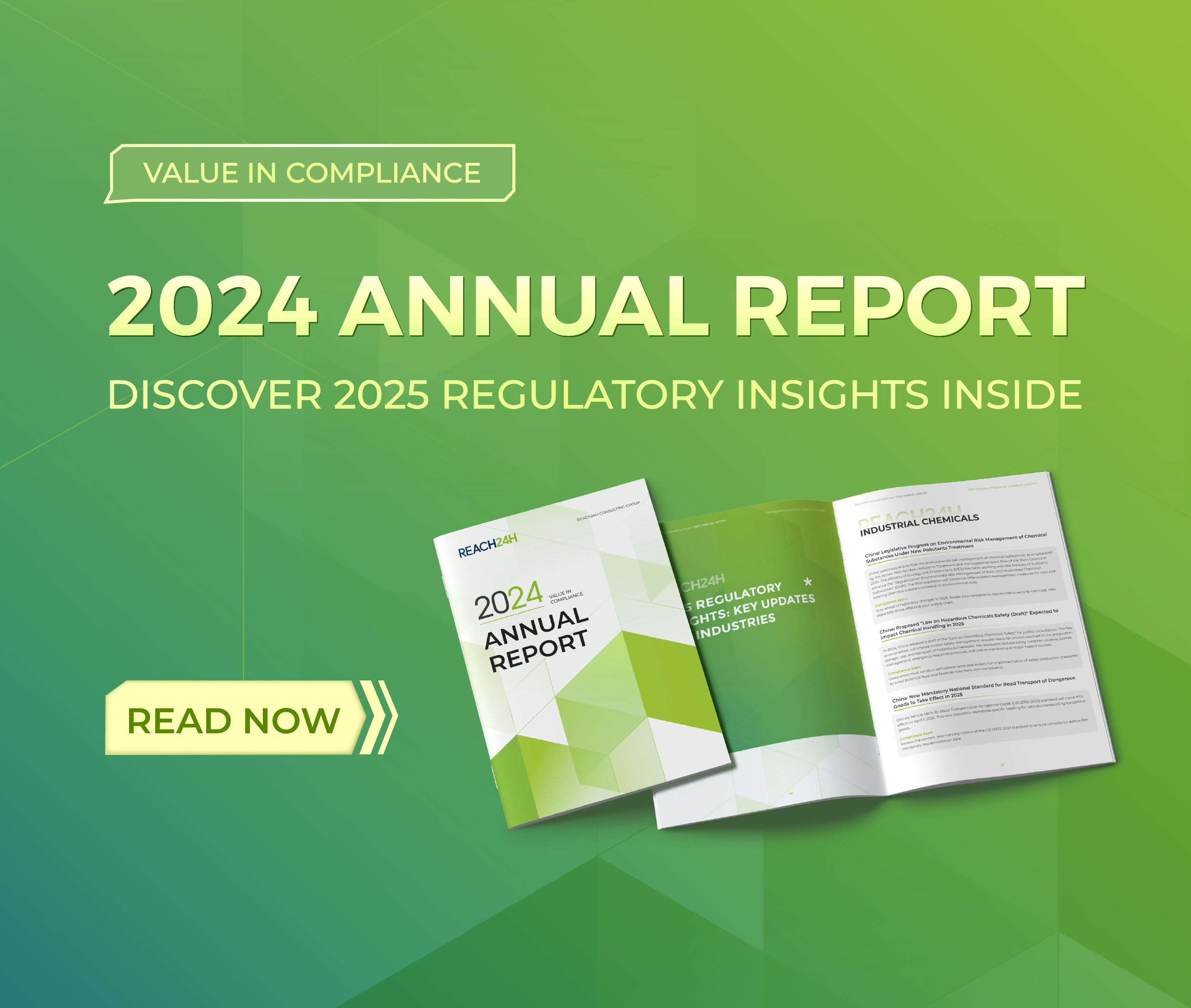China Updates Catalogue of New Food Raw Materials, Additives, Contact Materials and Applicable Standards
The updated catalog includes new food raw materials, food additives, and FCM that were approved by the end of 2021, and updates their applicable standards and requirements.
On May 10, 2023, China NHC published the updated catalog of new food raw materials, food additives, and food contact materials (FCM) and their applicable standards. The catalog covers a total of 98 new food raw materials, 215 new food additives, and 235 FCM approved by the end of 2021. For those approved since 2022, their food safety indicators shall be referenced to the announcement made at the time of their releases.
1. New Food Raw Materials
The food safety indicators covered in this updated catalog include peroxide value, fungal toxins, contaminants, and microbial limits. Specifications such as the original species, edible amount, methods of consumption and use, production processes, fermentation strains, by-products, and solvent residue limits will continue to be implemented according to the announcement made at the time of their releases. The use of pesticides and veterinary drugs shall comply with relevant regulations.
Notably, there will be an 18-month transitional period for the applicable standards of new food raw materials listed in this catalog. New food raw materials produced as per the original standards and requirements prior to and during the transitional period can be sold and used until the end of their shelf life.
The determination of applicable standards mainly follows the three principles:
- Classification: existing national food safety standards apply to products that fall under their respective categories, such as edible fungi, edible algae, fruits, vegetables, and seasonings. For products meeting the relevant food safety standards for a certain category of food, they are regulated under the corresponding food safety standards. Products for brewing only are classified as substitute tea, whose indicators are listed separately. Once national food safety standards for substitute tea are released, they will be regulated under those standards.
- Established reference: multi-identity products, such as those classified as new food raw materials and nutritional fortifiers, shall follow the existing nutritional fortifier standards for food safety indicators.
- Individual cases: for products that are not covered by existing national food safety standards, such as newly synthesized or highly purified extracts, specific indicators are listed based on the enterprise standards approved by the expert review meetings for new food raw materials, and matched with the existing national food safety standards.
Excerpt of the updated catalog of new food raw materials and their applicable standards:
| Announcement | Name | Applicable standard |
| No.5 of 2009 | Polyfructose | Lead (Pb) ≤ 0.5 mg/kg;
Total arsenic (As) ≤ 0.5 mg/kg. |
| No. 12 of 2009 | Gamma aminobutyric | Lead (Pb) ≤ 1.0 mg/kg;
Total arsenic (As) ≤ 1.0 mg/kg; Total plate count ≤ 1,000 CFU/g; Coliform group ≤ 0.3 MPN/g; Mould ≤ 50 CFU/g; Salmonella (0/25g); Staphylococcus aureus (0/25g). |
2. New Food Additives
- For 156 new food additives that have corresponding national food safety standards, their specification requirements shall be subject to those standards;
- For 59 new food additives that don’t have corresponding national food safety standards, their specification requirements shall be subject to the original announcements.
Excerpt of the updated catalogue of new food additives and their applicable standards:
| Announcement | Name | Applicable standard |
| No.11 of 2009 | Cassia gum | GB 31619 |
| No. 11 of 2009 | Massoia bark oil (Cryptocarya massoio) | GB 29938 |
3. New Food Contact Materials (FCM)
- Since quality standards have not been established for new FCM products, their applicable standards are determined based on their functional category and approved usage scope.
- The applicable standard for new additives used in FCM and articles is unified as the GB 9685-2016 National Food Safety Standard Standard for Uses of Additives in Food Contact Materials and Articles.
- For new basic resins or new materials used in FCM and articles, their applicable standards are determined based on their respective usage scopes. For example, the applicable standard for basic plastic resins is the GB 4806.6-2016 National Food Safety Standard Resins Used to Make Plastics in Contact with Foodstuffs. For basic resins with multiple usage scopes, all corresponding product standards are listed.
Excerpt of the updated catalog of new FCM and their applicable standards:
| Announcement | Name | Applicable standard |
| No.14 of 2013 | Ethenol polymer with ethene, 1-(vinyloxy) propan-2-ol, and 2-(vinyloxy) propan-1-o1 | GB 4806.6, GB 4806.10, GB 4806.11 and other national food safety standards for product categories |
| No. 14 of 2014 | 2-Propenoic acid, polymer with silicic acid (H4SiO4) tetramethyl ester, zinc salt | GB 4806.6, GB 4806.10, GB 4806.11 and other national food safety standards for product categories |
ChemLinked’s Food-List integrates the catalog of China-approved new food raw materials, additives, FCM and provides comprehensive usage requirements. For products approved before 2021 and affected by the updated catalog, ChemLinked will update the Food-List soon and notify all users once completed. Besides, if you need the full English version of this updated catalog, please contact us for ChemLinked translation services.
Reprinted from: ChemLinked
Contact Us
If you have any questions regarding China New Food Additive or China Food Contact Materials, please feel free to contact us.
Tel: +86-400-809-5809
Email: customer@reach24h.com
News Source: ChemLinked

REACH24H Consulting Group launched ChemLinked in 2012 as a leading service provider of comprehensive regulatory information and compliance solutions, meeting the growing demand for clear and concise regulatory advice and market intelligence in Asia, especially China.
You can register for a membership to read the latest news limitlessly every day on ChemLinked.


